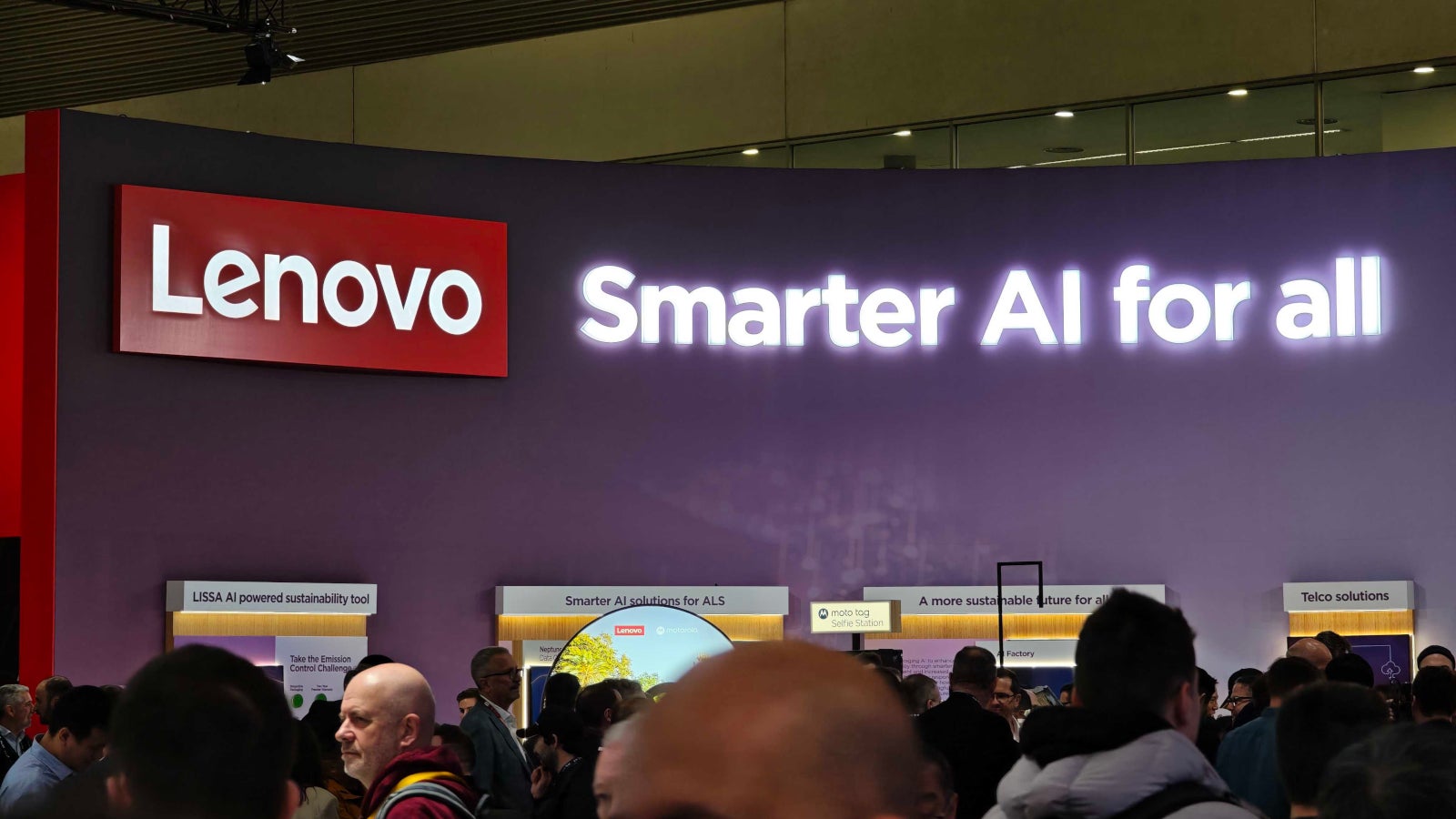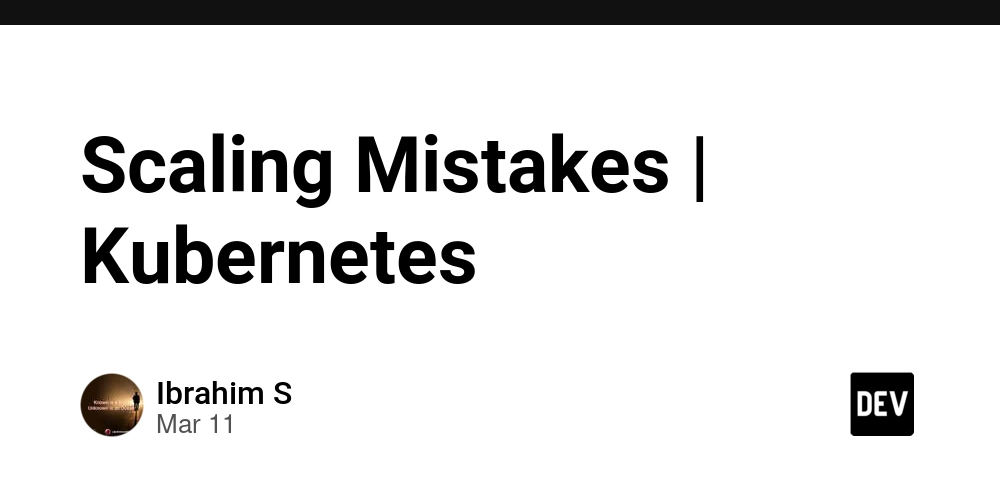Data Mining Fundamentals
Data mining is a powerful analytical process that helps organizations transform raw data into useful information. It involves discovering patterns, correlations, and trends in large datasets, enabling data-driven decision-making. In this post, we’ll explore the fundamentals of data mining, its techniques, applications, and best practices for effective data analysis. What is Data Mining? Data mining is the practice of examining large datasets to extract meaningful patterns and insights. It combines techniques from statistics, machine learning, and database systems to identify relationships within the data and predict future outcomes. Key Concepts in Data Mining Data Preparation: Cleaning, transforming, and organizing data to make it suitable for analysis. Pattern Recognition: Identifying trends, associations, and anomalies in data. Model Building: Creating predictive models using algorithms to forecast future events. Evaluation: Assessing the accuracy and effectiveness of the models and insights gained. Common Data Mining Techniques Classification: Assigning items in a dataset to target categories (e.g., spam detection). Regression: Predicting a continuous value based on input features (e.g., sales forecasting). Clustering: Grouping similar data points together based on features (e.g., customer segmentation). Association Rule Learning: Finding relationships between variables in large datasets (e.g., market basket analysis). Anomaly Detection: Identifying unusual data points that do not conform to expected patterns (e.g., fraud detection). Popular Tools and Libraries for Data Mining Pandas: A powerful data manipulation library in Python for data preparation and analysis. Scikit-learn: A machine learning library in Python that provides tools for classification, regression, and clustering. R: A language and environment for statistical computing and graphics with packages like caret and randomForest. Weka: A collection of machine learning algorithms for data mining tasks in Java. RapidMiner: A data science platform that offers data mining and machine learning functionalities with a user-friendly interface. Example: Basic Data Mining with Python and Scikit-learn import pandas as pd from sklearn.model_selection import train_test_split from sklearn.ensemble import RandomForestClassifier from sklearn.metrics import accuracy_score Load dataset data = pd.read_csv('data.csv') Prepare data X = data.drop('target', axis=1) # Features y = data['target'] # Target variable Split dataset X_train, X_test, y_train, y_test = train_test_split(X, y, test_size=0.2, random_state=42) Train model model = RandomForestClassifier() model.fit(X_train, y_train) Make predictions predictions = model.predict(X_test) Evaluate accuracy accuracy = accuracy_score(y_test, predictions) print("Model Accuracy:", accuracy) Applications of Data Mining Marketing: Understanding customer behavior and preferences for targeted campaigns. Finance: Risk assessment and fraud detection in transactions. Healthcare: Predicting patient outcomes and identifying treatment patterns. Retail: Inventory management and demand forecasting. Telecommunications: Churn prediction and network optimization. Best Practices for Data Mining Understand your data thoroughly before applying mining techniques. Clean and preprocess data to ensure high-quality inputs for analysis. Choose the right algorithms based on the specific problem you are trying to solve. Validate and test your models to avoid overfitting and ensure generalization. Continuously monitor and update models with new data to maintain accuracy. Conclusion Data mining is a powerful tool that enables businesses to make informed decisions based on insights extracted from large datasets. By understanding the fundamentals, techniques, and best practices, you can effectively leverage data mining to enhance operations, improve customer experiences, and drive growth. Start exploring data mining today and unlock the potential hidden within your data!

Data mining is a powerful analytical process that helps organizations transform raw data into useful information. It involves discovering patterns, correlations, and trends in large datasets, enabling data-driven decision-making. In this post, we’ll explore the fundamentals of data mining, its techniques, applications, and best practices for effective data analysis.
What is Data Mining?
Data mining is the practice of examining large datasets to extract meaningful patterns and insights. It combines techniques from statistics, machine learning, and database systems to identify relationships within the data and predict future outcomes.
Key Concepts in Data Mining
- Data Preparation: Cleaning, transforming, and organizing data to make it suitable for analysis.
- Pattern Recognition: Identifying trends, associations, and anomalies in data.
- Model Building: Creating predictive models using algorithms to forecast future events.
- Evaluation: Assessing the accuracy and effectiveness of the models and insights gained.
Common Data Mining Techniques
- Classification: Assigning items in a dataset to target categories (e.g., spam detection).
- Regression: Predicting a continuous value based on input features (e.g., sales forecasting).
- Clustering: Grouping similar data points together based on features (e.g., customer segmentation).
- Association Rule Learning: Finding relationships between variables in large datasets (e.g., market basket analysis).
- Anomaly Detection: Identifying unusual data points that do not conform to expected patterns (e.g., fraud detection).
Popular Tools and Libraries for Data Mining
- Pandas: A powerful data manipulation library in Python for data preparation and analysis.
- Scikit-learn: A machine learning library in Python that provides tools for classification, regression, and clustering.
-
R: A language and environment for statistical computing and graphics with packages like
caretandrandomForest. - Weka: A collection of machine learning algorithms for data mining tasks in Java.
- RapidMiner: A data science platform that offers data mining and machine learning functionalities with a user-friendly interface.
Example: Basic Data Mining with Python and Scikit-learn
import pandas as pd
from sklearn.model_selection import train_test_split
from sklearn.ensemble import RandomForestClassifier
from sklearn.metrics import accuracy_score
Load dataset
data = pd.read_csv('data.csv')
Prepare data
X = data.drop('target', axis=1) # Features
y = data['target'] # Target variable
Split dataset
X_train, X_test, y_train, y_test = train_test_split(X, y, test_size=0.2, random_state=42)
Train model
model = RandomForestClassifier()
model.fit(X_train, y_train)
Make predictions
predictions = model.predict(X_test)
Evaluate accuracy
accuracy = accuracy_score(y_test, predictions)
print("Model Accuracy:", accuracy)
Applications of Data Mining
- Marketing: Understanding customer behavior and preferences for targeted campaigns.
- Finance: Risk assessment and fraud detection in transactions.
- Healthcare: Predicting patient outcomes and identifying treatment patterns.
- Retail: Inventory management and demand forecasting.
- Telecommunications: Churn prediction and network optimization.
Best Practices for Data Mining
- Understand your data thoroughly before applying mining techniques.
- Clean and preprocess data to ensure high-quality inputs for analysis.
- Choose the right algorithms based on the specific problem you are trying to solve.
- Validate and test your models to avoid overfitting and ensure generalization.
- Continuously monitor and update models with new data to maintain accuracy.
Conclusion
Data mining is a powerful tool that enables businesses to make informed decisions based on insights extracted from large datasets. By understanding the fundamentals, techniques, and best practices, you can effectively leverage data mining to enhance operations, improve customer experiences, and drive growth. Start exploring data mining today and unlock the potential hidden within your data!













































































































































































![[The AI Show Episode 144]: ChatGPT’s New Memory, Shopify CEO’s Leaked “AI First” Memo, Google Cloud Next Releases, o3 and o4-mini Coming Soon & Llama 4’s Rocky Launch](https://www.marketingaiinstitute.com/hubfs/ep%20144%20cover.png)



















































































































































































![Rogue Company Elite tier list of best characters [April 2025]](https://media.pocketgamer.com/artwork/na-33136-1657102075/rogue-company-ios-android-tier-cover.jpg?#)





























































































.webp?#)































































































![Here’s the first live demo of Android XR on Google’s prototype smart glasses [Video]](https://i0.wp.com/9to5google.com/wp-content/uploads/sites/4/2025/04/google-android-xr-ted-glasses-demo-3.png?resize=1200%2C628&quality=82&strip=all&ssl=1)













![New Beats USB-C Charging Cables Now Available on Amazon [Video]](https://www.iclarified.com/images/news/97060/97060/97060-640.jpg)

![Apple M4 13-inch iPad Pro On Sale for $200 Off [Deal]](https://www.iclarified.com/images/news/97056/97056/97056-640.jpg)

































































































































